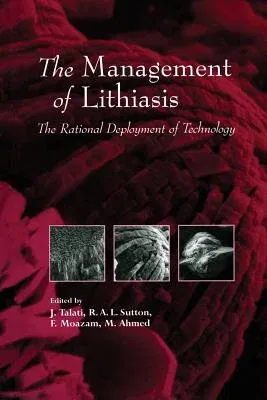The Management of Lithiasis: The Rational Deployment of Technology (Softcover Reprint of the Original 1st 1997)Paperback - Softcover Reprint of the Original 1st 1997, 26 October 2012

Qty
1
Turbo
Ships in 2 - 3 days
In Stock
Free Delivery
Cash on Delivery
15 Days
Free Returns
Secure Checkout

Part of Series
Developments in Nephrology
Print Length
352 pages
Language
English
Publisher
Springer
Date Published
26 Oct 2012
ISBN-10
9401062706
ISBN-13
9789401062701
Description
Product Details
Book Edition:
Softcover Reprint of the Original 1st 1997
Book Format:
Paperback
Country of Origin:
NL
Date Published:
26 October 2012
Dimensions:
23.39 x
15.6 x
1.98 cm
ISBN-10:
9401062706
ISBN-13:
9789401062701
Language:
English
Location:
Dordrecht
Pages:
352
Publisher:
Series:
Weight:
526.17 gm